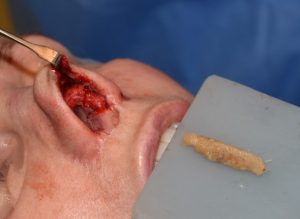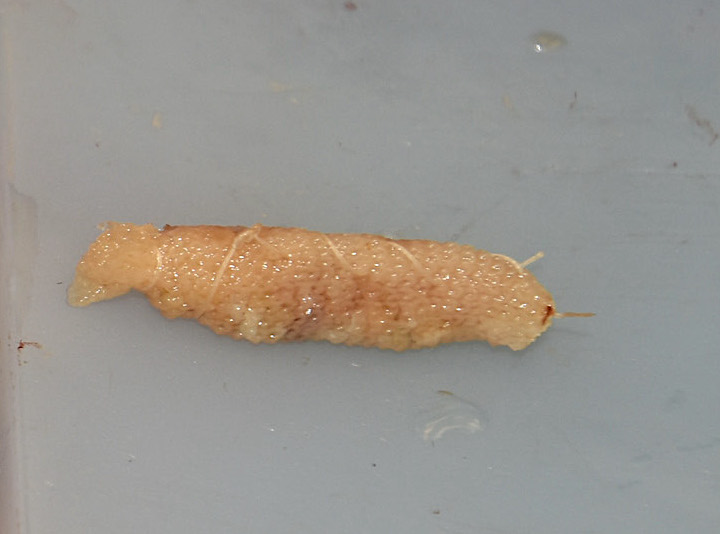Around the world the use of an implant for augmentation rhinoplasty is a frequent technique. It is usually combined with cartilage grafting of the nasal tip for a more complete dorsocolumellar augmentation effect. The most common implant material is silicone due to its low cost of manufacture and ease of insertion and removal. While effective for many a certain percentage of patients will desire/need subsequent timplant removal and replacement with a rib cartilage graft.

In the November 2023 issue of the Aesthetic Surgery Journal an article on this topic was published entitled ‘Revision Rhinoplasty using Glued Diced Costal Cartilage With Mold for Management of Complicated Silicone Rhinoplasty’. In twenty-eight (28) patients over a four year period who were dissatisfied with their aesthetic result had their silicone nasal implant removed and replaced with a diced rib cartilage graft. Their records were reviewed for anthropometric measurements, complication rates and aesthetic outcomes. A novel method of making a diced rib graft was used employing molded glued diced cartilage graft. (GDCG)
To shape the graft molds were used into which the small diced rib graft pieces were placed. Various molds were used with different lengths (20 to 45mms) and thicknesses. (1 to 3mms) With the mold selection it was then lined with either autologous or allogeneic dermis to serve as a covering of the graft. Then in alternating layers glue and diced cartilage pieces were placed until the mold was filled. This created a solid graft that could be removed from the mold using the fascial lining initially placed in the mold.
The ultimate question in replacing a silicone implant is does it provide improved/greater augmentation and does it have a higher or lower rate of complications. Significant percent increases were seen in this GDCG study in dorsal height, radix height, nasal length and tip projection as well as reduction in nasal axis deviation. One infection occurred as well as one patient who was aesthetically satisfied, making a complication rate of 7%.

Dr. Barry Eppley
World-Renowned Plastic Surgeon



